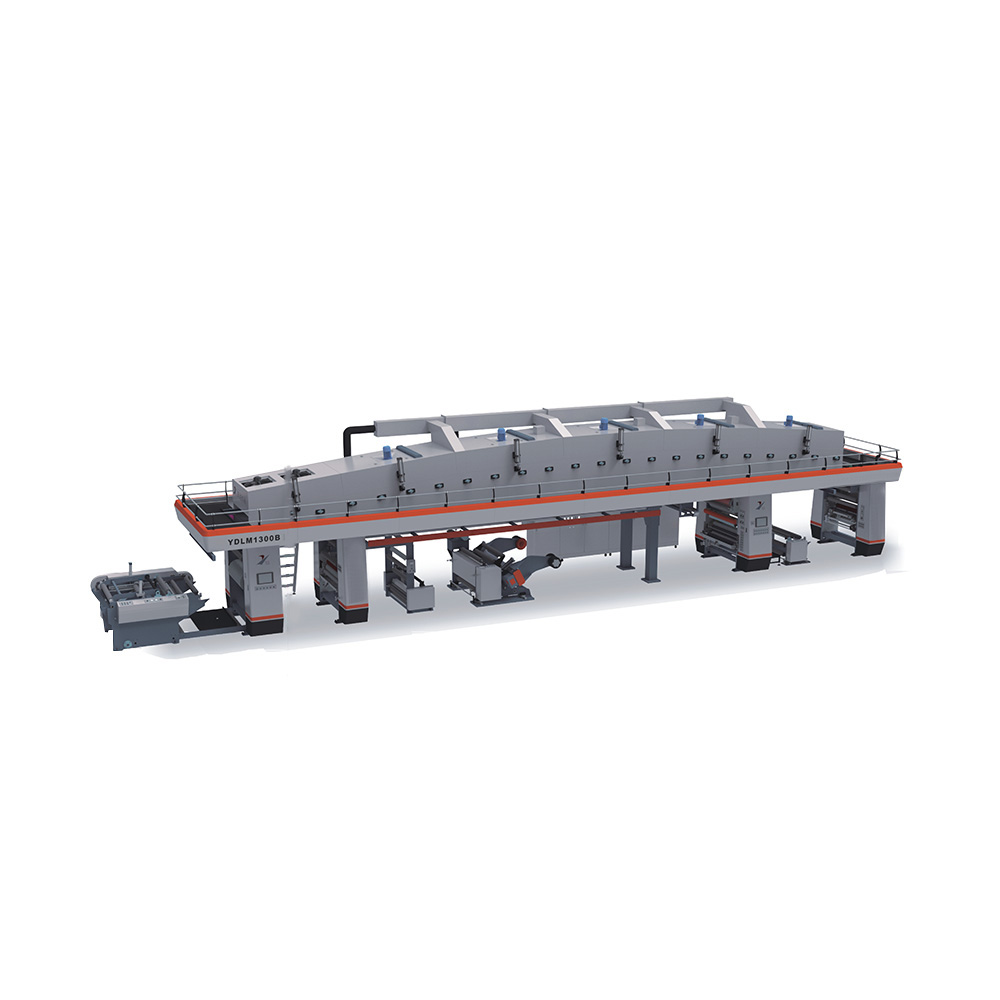News Center
Home / News Center / Industry News / In what scenarios are cold pressing and hot pressing of cardboard laminating machines more suitable?
In what scenarios are cold pressing and hot pressing of cardboard laminating machines more suitable?
2024-03-20
The choice between cold pressing and hot pressing methods for cardboard laminating machines mainly depends on specific production needs, material characteristics, and product quality requirements. Here are the scenarios where each method is applicable:
Cold pressing suitable scenarios:
Heat-sensitive materials: When cardboard materials or adhesives used are heat-sensitive and prone to deformation, discoloration, or failure at high temperatures, cold pressing is a better choice. It can avoid material damage or performance degradation that may occur due to high-temperature treatment.
Fast production requirements: Cold pressing does not require preheating and cooling time, making it more suitable for situations requiring quick completion of production tasks. It can achieve production goals more quickly, improving production efficiency.
Cost control: From the perspective of equipment and energy consumption, cold pressing is usually more economical than hot pressing. It does not require additional heating equipment and consumes relatively low energy, making it suitable for cost-sensitive situations.

Lightweight or decorative products: For lightweight cardboard products or decorative products such as paper art and cardboard display racks, cold pressing is usually sufficient to meet the bonding strength requirements while maintaining the appearance and texture of the product.
Hot pressing suitable scenarios:
High bonding strength requirements: When products need to withstand greater force or maintain a stable structure for a long time, hot pressing is a better choice. Hot pressing allows adhesives to flow and penetrate better through heating, forming a stronger bond.
High weather resistance and durability requirements: For some cardboard products that need to be used in harsh environments such as outdoor billboards and construction templates, hot pressing can provide better weather resistance and durability.
Handling thick or high-density cardboard: For thick or high-density cardboard materials, hot pressing can penetrate the material better, achieving more uniform interlayer bonding.
Specific material and process requirements: Some specific cardboard materials or processes may require hot pressing. For example, some adhesives perform best when heated, or some cardboard products need hot pressing to achieve specific textures or effects.
Share news
Products
of interest
of interest


 中文简体
中文简体 Español
Español

















